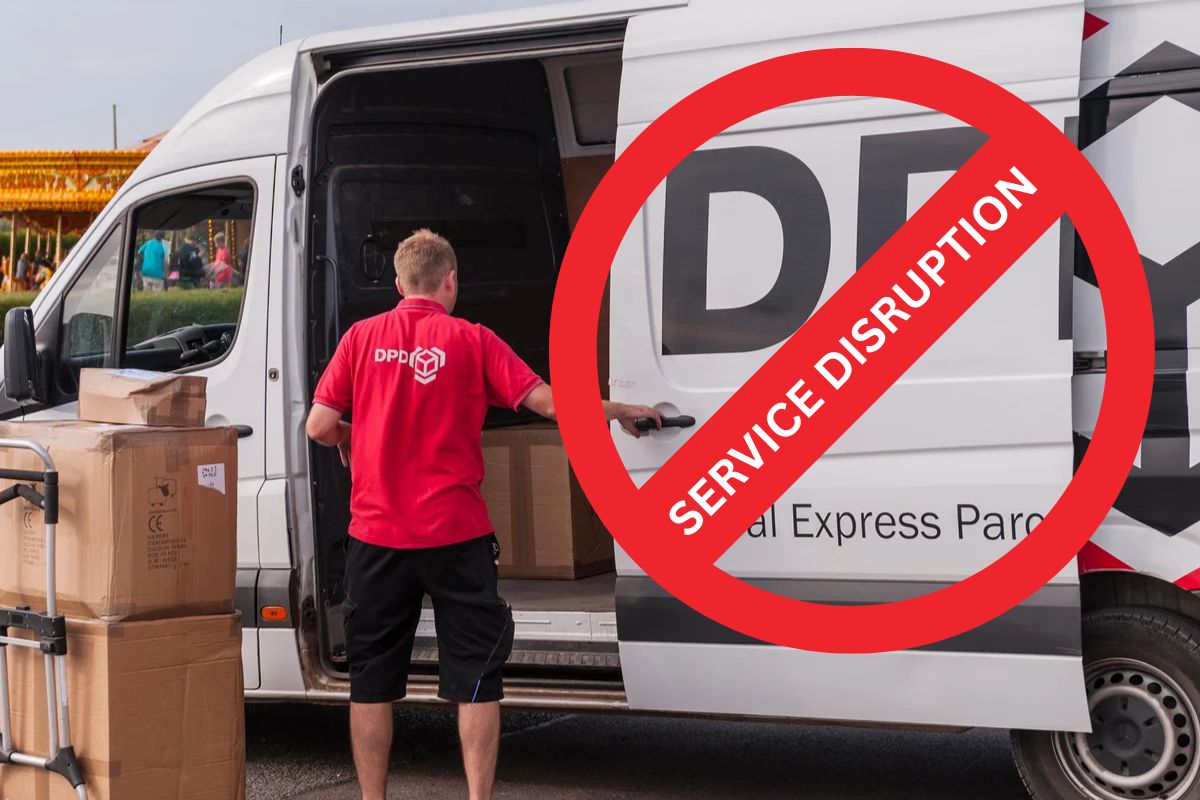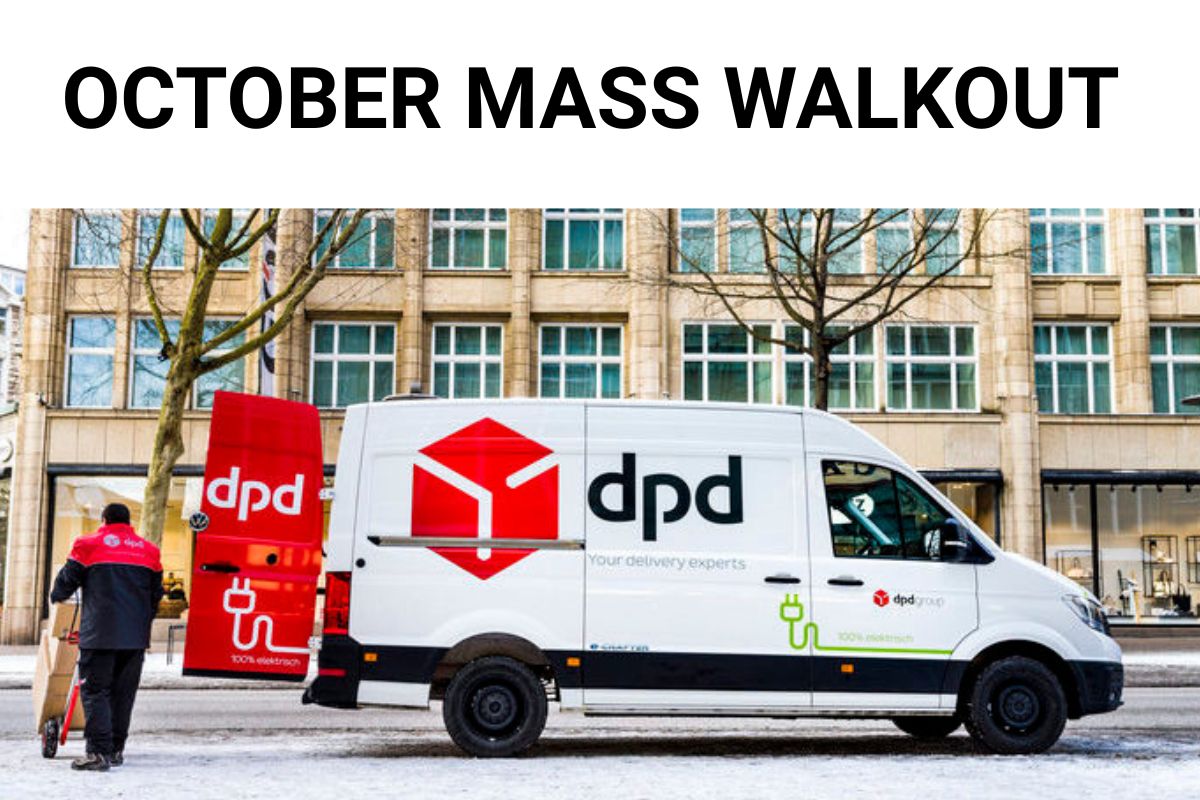If you’ve been wondering why Royal Mail seems increasingly keen to make sending a simple birthday card feel like a luxury purchase, you’re not alone.
The latest changes to second class post – reducing deliveries to just alternate weekdays and scrapping Saturday deliveries entirely – represent the clearest signal yet that Royal Mail would quite frankly prefer if you stopped sending letters altogether.
From July 28th, 2025, Ofcom gave Royal Mail permission to slash second class deliveries from six days a week to just three, delivering letters on either Monday, Wednesday and Friday, or Tuesday and Thursday in a rotating cycle.
No more Saturday second class deliveries, and no more reliable daily service for the cheaper stamp option.
But this isn’t just about operational efficiency or adapting to changing customer habits.
This is about a fundamental shift in Royal Mail’s business model – and it’s leaving ordinary people who just want to send affordable post increasingly out in the cold.
The Brutal Economics of Modern Letter Delivery
The harsh reality is that Royal Mail is haemorrhaging money on letters, despite charging more than ever for the privilege of sending them.
The company posted a £348 million loss in 2023-24, with their letters business bearing much of the blame.
Letter volumes have collapsed from a peak of 20 billion in 2004-05 to just 6.6 billion in 2023-24 – a staggering 67% decline in two decades.
Meanwhile, the infrastructure costs of maintaining universal coverage to every address in the UK remain largely fixed, regardless of how many letters actually need delivering.
The economics are simple but depressing: fewer letters mean higher costs per item, which drives up prices, which in turn drives away even more customers. It’s a death spiral that Royal Mail seems powerless to stop.
What’s particularly telling is that this decline is accelerating. Letter volumes dropped by another 8% in 2023-24 alone, suggesting that even Royal Mail’s recent massive price increases haven’t been enough to stem the financial bleeding.
The Great Stamp Price Explosion That Didn’t Work
Royal Mail’s solution to declining letter volumes has been to repeatedly jack up stamp prices, seemingly on the assumption that people would simply pay whatever was asked. The results speak for themselves – and they’re not good.
Since 2022, the price of a first class stamp has more than doubled from 85p to £1.70.
Second class stamps have risen from 68p to 87p – a 28% increase in just three years.
To put this in perspective, £1.70 for a single stamp represents a 100% increase in just three years.
These aren’t gentle inflation adjustments – they’re desperate attempts to squeeze more revenue from a shrinking customer base.
But rather than stabilising Royal Mail’s finances, the price hikes have simply accelerated the exodus of customers to digital alternatives.
Citizens Advice found that more than two-thirds of people now consider stamp price increases unfair, with one in three struggling to afford a book of eight first class stamps.
When a simple birthday card now costs nearly £2 to send first class, it’s hardly surprising that people are switching to WhatsApp messages and digital greetings.
Parcels Are King, Letters Are Peasants
The real story behind Royal Mail’s war on second class post becomes clear when you look at where the money actually is: parcels, not letters.
While letter volumes plummet, parcel delivery remains a growth market, driven by the continued expansion of online shopping.
This is why Royal Mail has been investing heavily in upgraded postboxes with parcel capability and expanding their parcel tracking services.
It’s also why Parcelforce, their premium parcel service, continues to receive investment and attention.
The problem is that Royal Mail’s parcel business faces fierce competition from the likes of Evri, DPD, and Amazon’s own delivery network.
In this cutthroat environment, letters have become an unwelcome legacy obligation that drains resources from the more profitable parcel operations.
Some posties have even confirmed what many suspected: in practice, letters are already being delivered less frequently than the official targets suggest, with some areas seeing first class letters delivered only on certain days of the week rather than the promised next-day service.
This unofficial rationing of letter deliveries suggests that the formal changes to second class post are simply making official what was already happening behind the scenes.

What This Means for Ordinary People
The practical impact of these changes extends far beyond occasional birthday cards.
Second class post has traditionally been the affordable option for everything from bill payments to small business correspondence.
With that service now degraded and first class stamps approaching £2, ordinary postal communication is becoming a luxury item.
There’s a cumulative effects, too, for organisations sending significant volumes of letters.
A small business sending monthly invoices to a mere 50 customers would now pay £85 for first class stamps or risk significant delays with the new alternate-day second class service.
For pensioners sending letters to family, the cost has become genuinely prohibitive.
The changes also disproportionately affect older people and those without reliable internet access, who still depend on postal services for essential communications.
While the rest of us might grudgingly accept that letters are becoming obsolete, there are millions of people for whom post remains a crucial lifeline.
Royal Mail’s response has been to suggest that people can still use first class stamps if they need reliable delivery – essentially admitting that second class post is being deliberately degraded to push customers toward the more expensive option.
Where Is This Trend Heading?
The recent changes to second class post almost certainly won’t be the end of Royal Mail’s retreat from affordable letter delivery.
With the company now under foreign ownership for the first time in its 508-year history, the pressure to cut costs and boost profitability has never been greater.
New owner Daniel Kretinsky’s track record with Dutch postal service PostNL – which recently admitted its business model is “no longer sustainable” – hardly inspires confidence.
If PostNL’s experience is anything to go by, we could see further restrictions on letter deliveries, higher prices, or both.
Ofcom has already hinted at more changes to come, launching a review of stamp pricing amid concerns about affordability.
Given Royal Mail’s continued losses on letters, it’s hard to see how this review results in lower prices rather than higher ones.
There’s also the question of whether second class post might eventually disappear entirely.
If the service continues to lose money even with reduced delivery frequency, Royal Mail might simply argue that maintaining two different classes of letter service is no longer economically viable.
The End of Affordable Post?
The transformation of Royal Mail from a public service to a profit-driven business has fundamentally changed the economics of sending letters in the UK.
What was once a basic, affordable service that connected communities and facilitated commerce has become an increasingly expensive luxury.
This shift reflects broader changes in how we communicate, but it also represents a significant loss for those who still value – or depend on – physical mail.
The ability to send a letter anywhere in the UK for a reasonable price was once considered a cornerstone of national infrastructure.
The irony is that while Royal Mail struggles with basic service delivery and customers complain about confusing tracking updates, the company’s focus seems to be on cutting services rather than improving them.
As second class post becomes increasingly unreliable and first class stamps approach £2, we’re witnessing the slow death of affordable postal communication in the UK.
For a service that once prided itself on connecting every corner of the nation, that represents a profound failure of its founding mission.
The question now isn’t whether Royal Mail will continue to retreat from letter delivery, but how far and how fast that retreat will go.
One thing seems certain: the days of cheap, reliable post are rapidly becoming a memory.




